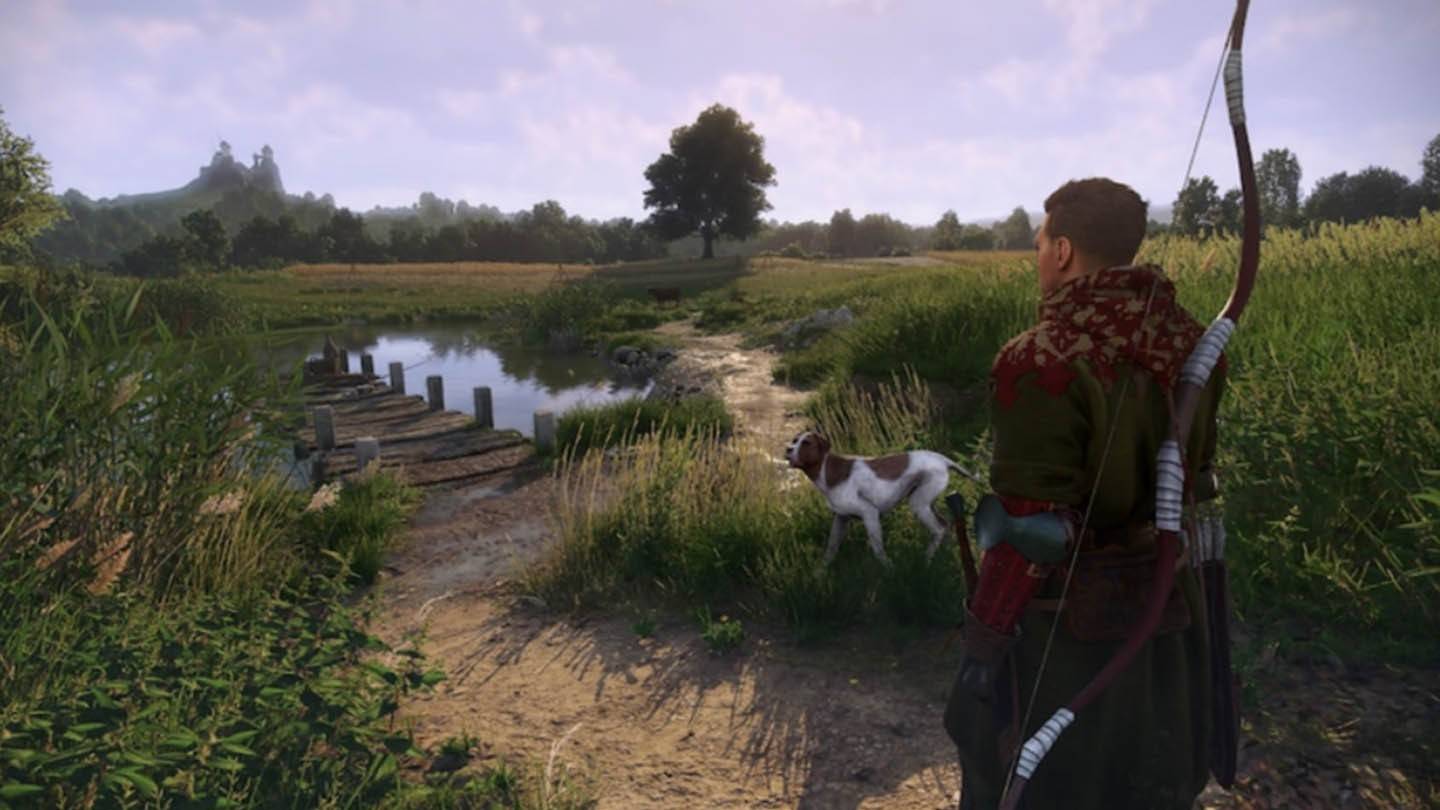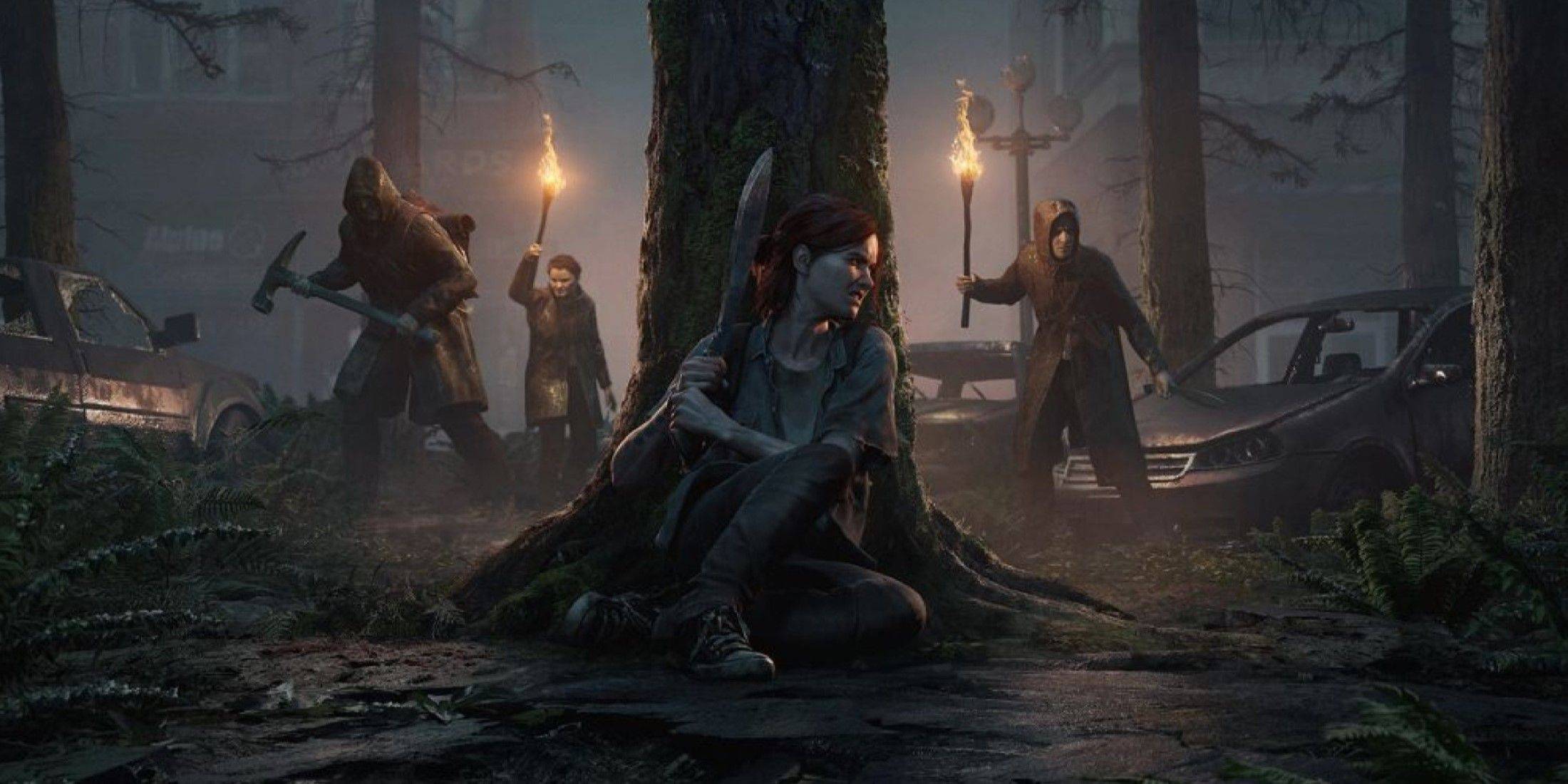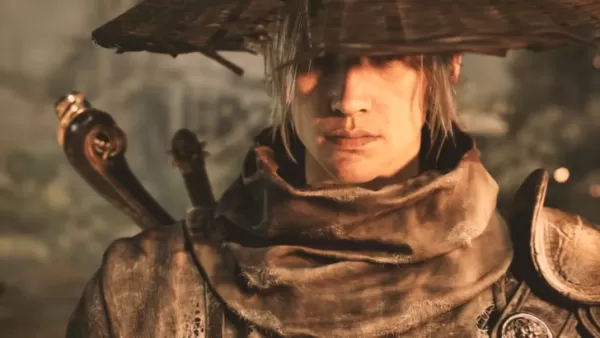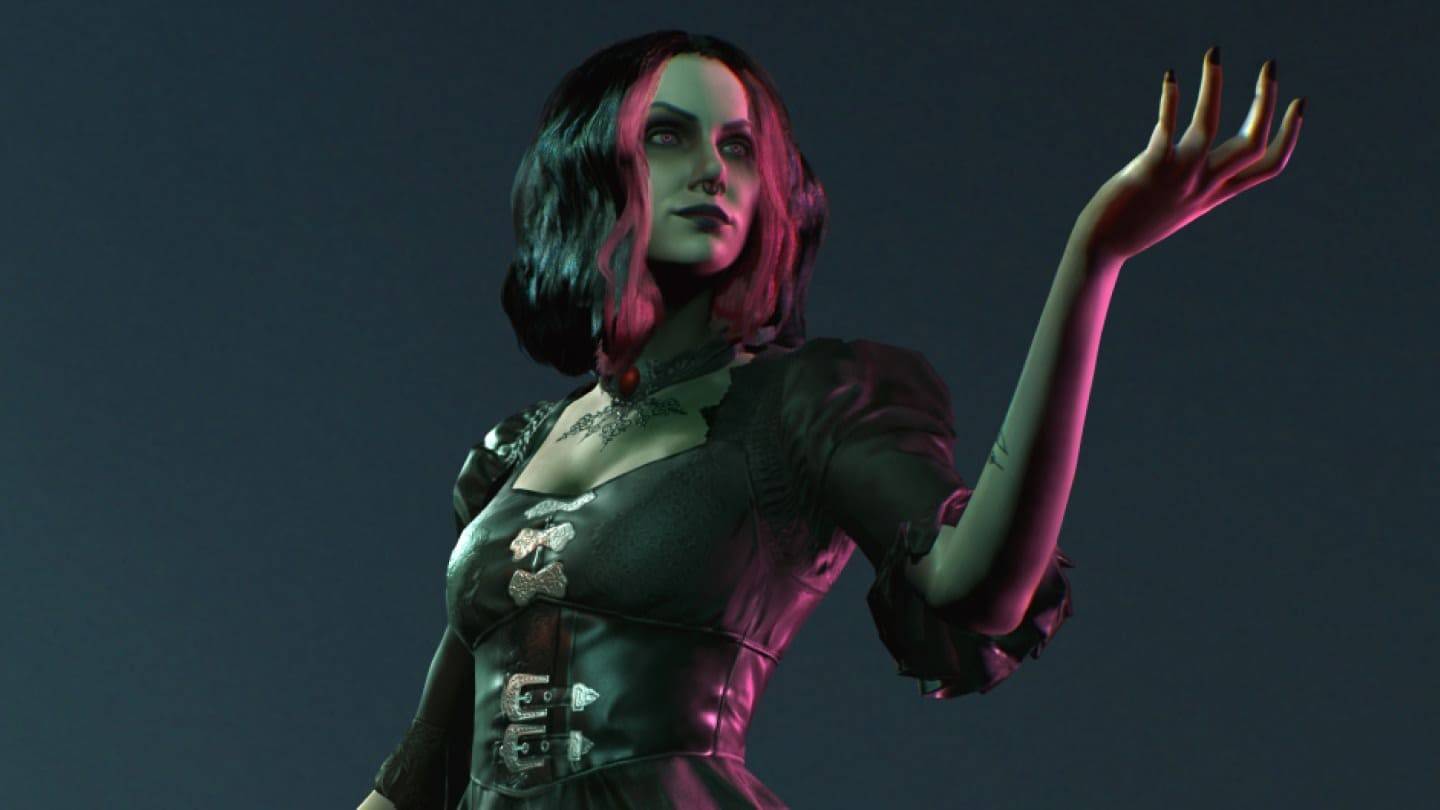"Final Fantasy Commander Decks Unveiled: Cloud, Tidus Featured"
- By Peyton
- Mar 29,2025
Even if you're not a regular player of Magic: The Gathering, you've likely heard about its numerous video game crossovers in recent years, including Fallout, Tomb Raider, and Assassin’s Creed. But now, we're thrilled to give you an exclusive first look at one of the most anticipated crossovers yet: Final Fantasy. This collaboration doesn't just focus on a single game but spans four different mainline Final Fantasy titles, from Final Fantasy VI to XIV, each represented in specially designed preconstructed Commander decks.
**Flip through the image gallery below** for a sneak peek at the lead card and packaging for each deck. Continue reading for an insightful discussion with Wizards of the Coast about what to expect from these decks, the rationale behind selecting these four games, and much more.
Final Fantasy x Magic: The Gathering - Commander Decks Reveal
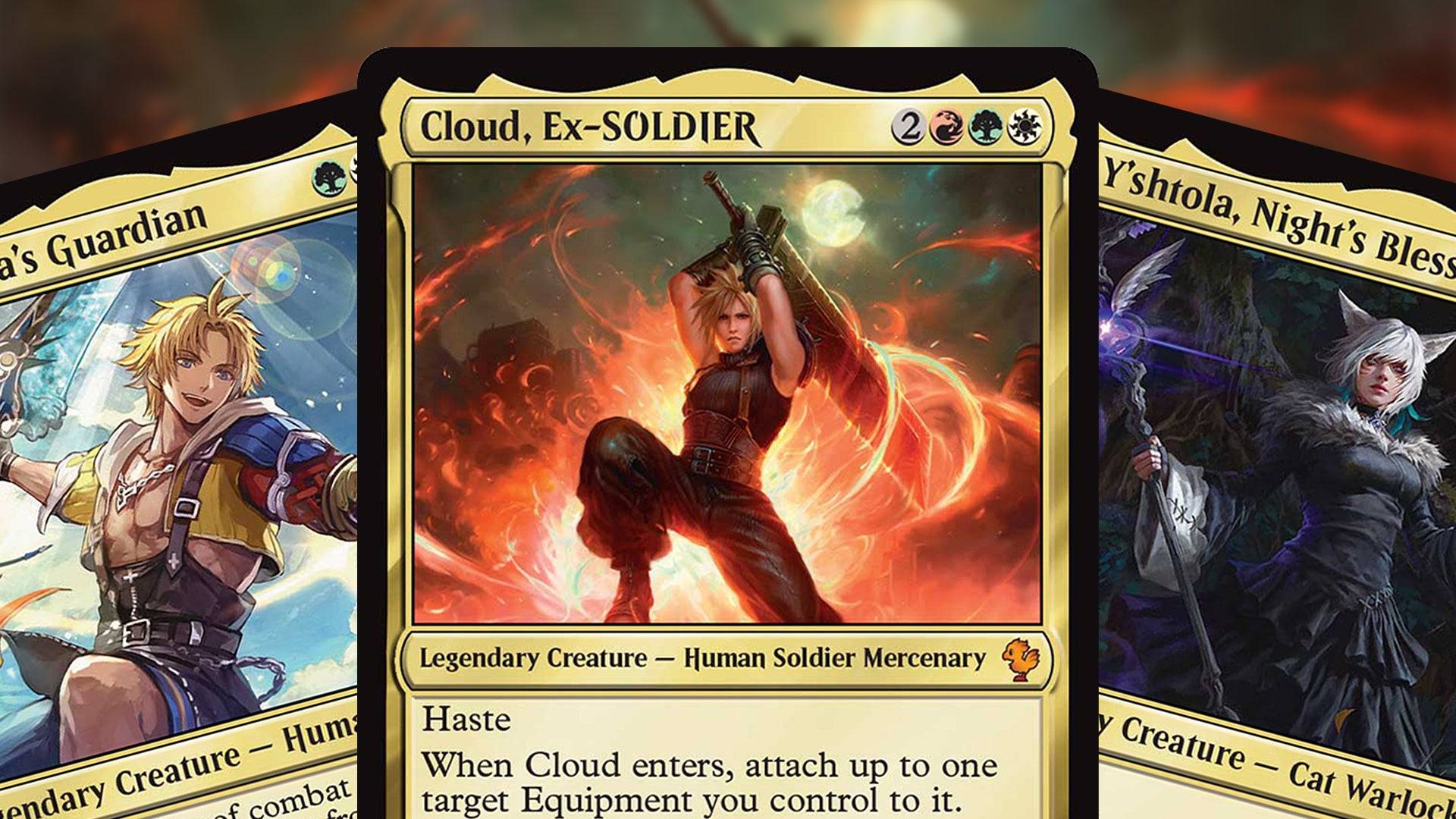
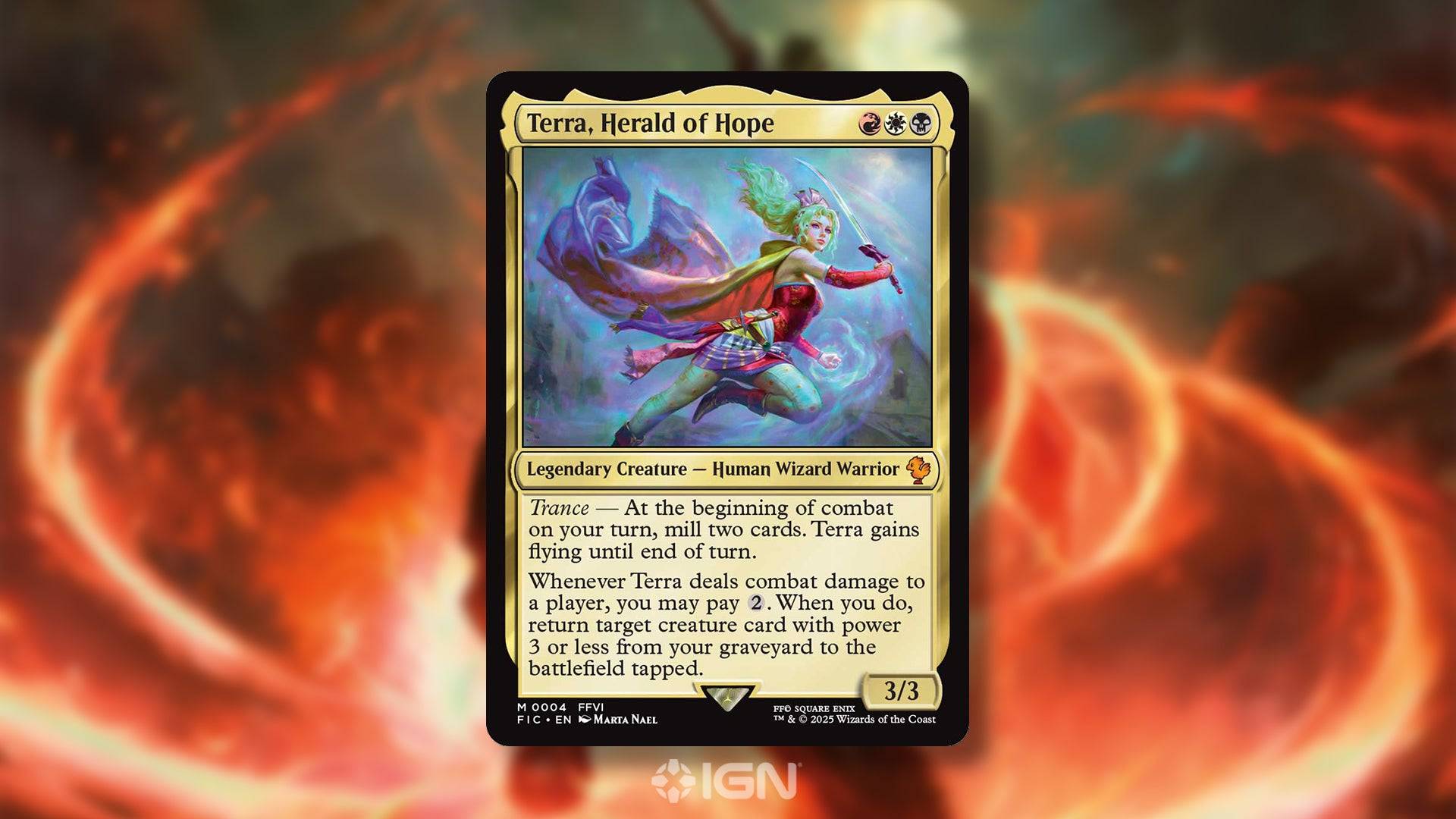 13 Images
13 Images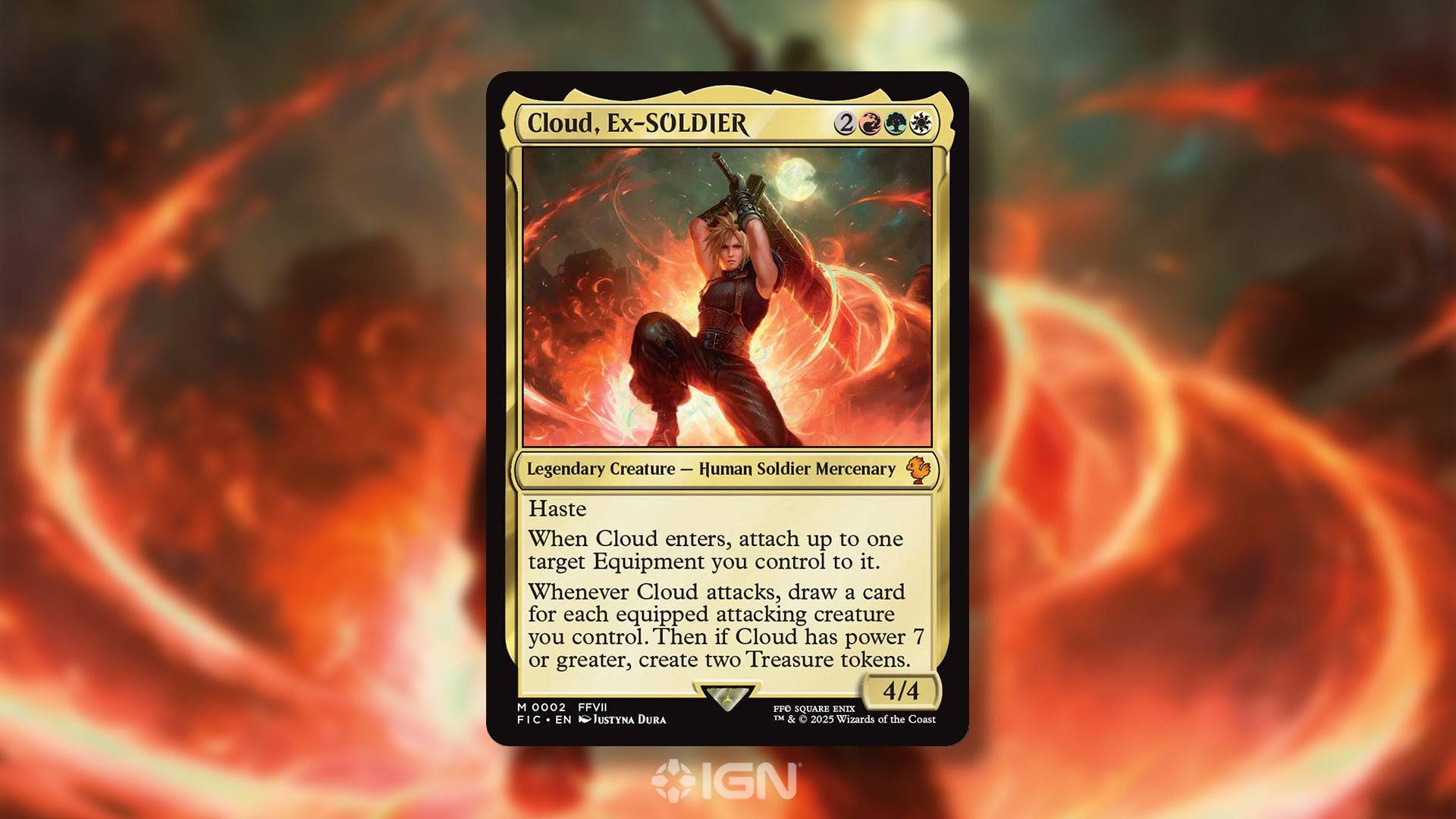
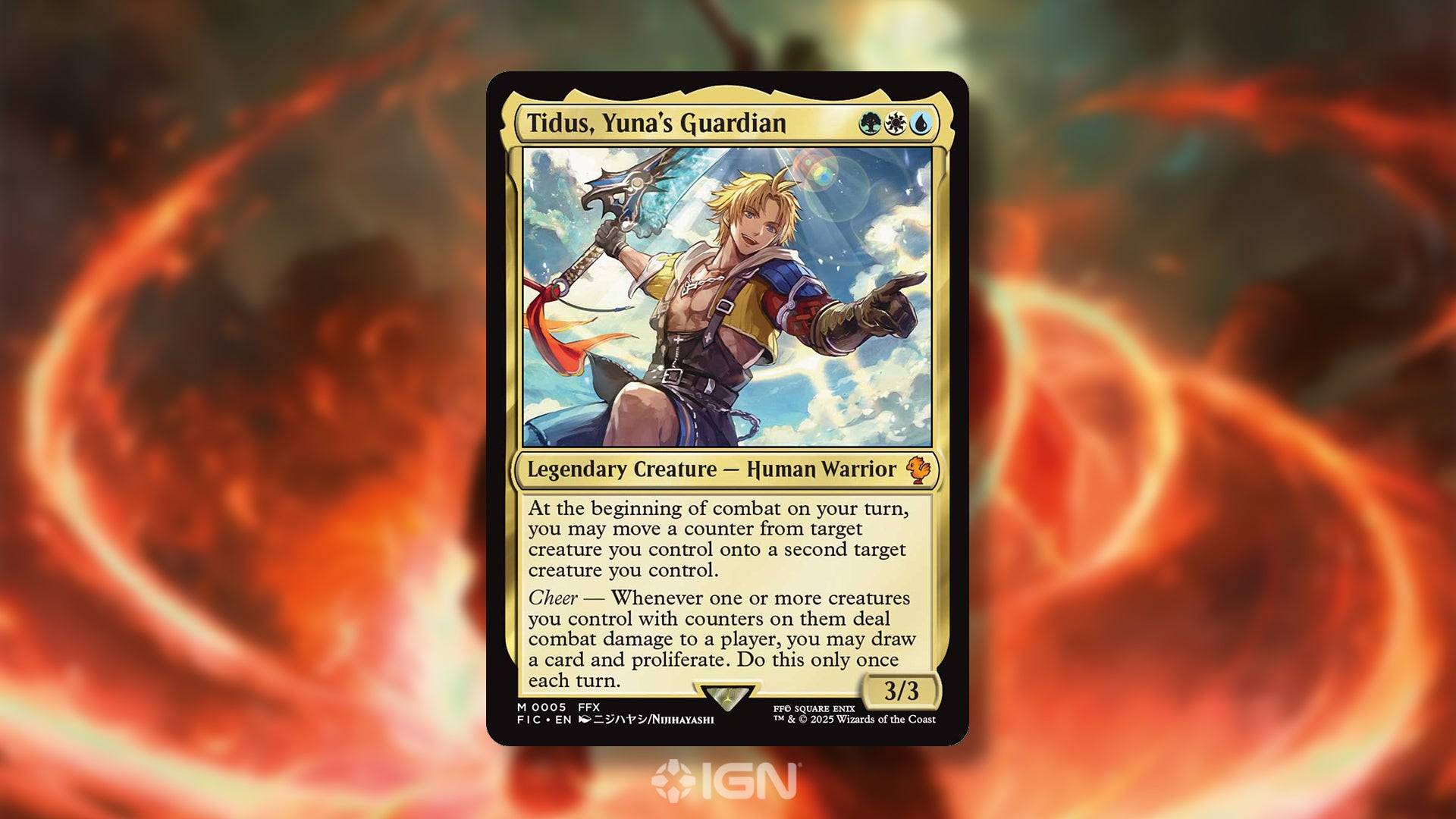
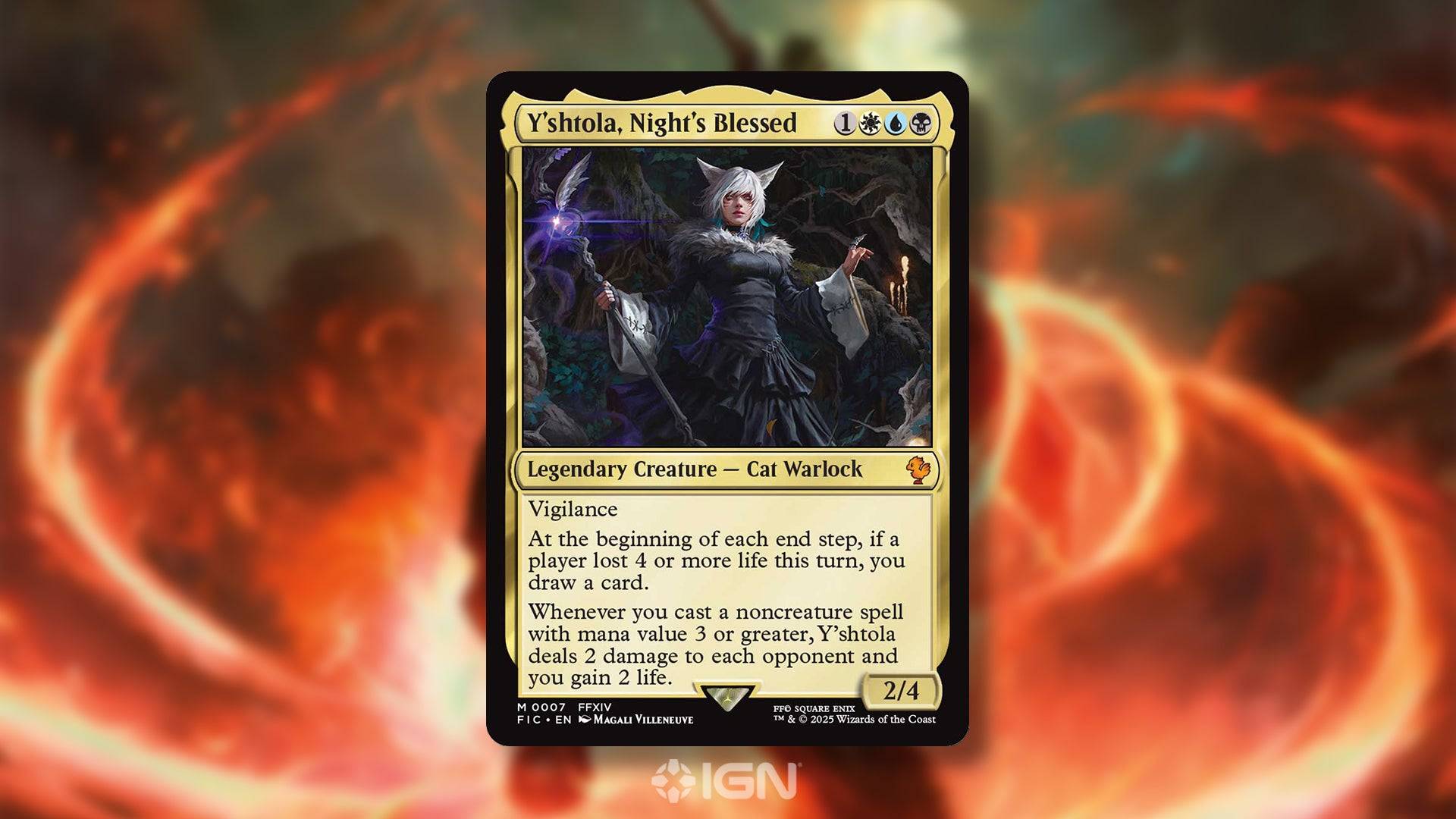
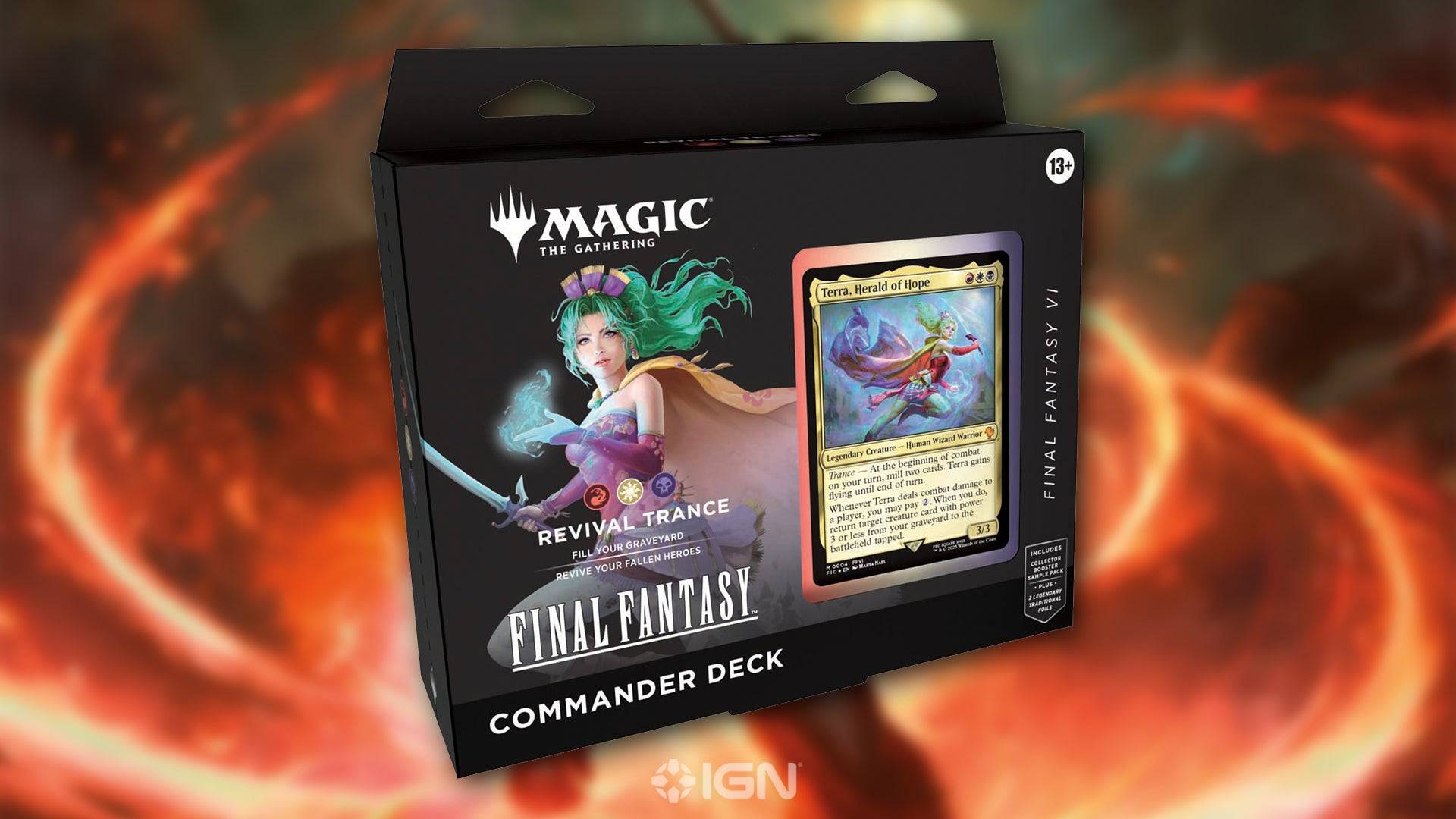
Set to launch this June, Magic's Final Fantasy crossover will be a fully draftable, Standard-legal set accompanied by the four preconstructed decks showcased in the gallery above. Each deck contains 100 cards, featuring both reprints with new Final Fantasy art and brand new cards specifically designed for Magic's popular Commander format. Unlike typical Commander precons, which often revolve around specific characters, colors, or strategies, these decks each focus on a single Final Fantasy game – specifically 6, 7, 10, and 14.
“Final Fantasy games are rich with flavor, beloved characters, and unique settings, offering more than enough material to design a full deck around a single game,” explains Senior Game Designer Daniel Holt, who leads the Commander aspect of the set. “This approach allowed us to delve deeply into the lore of each game, capturing beloved moments that might have been overlooked otherwise.”
“The decision to focus on these four Final Fantasy games was driven by a balance of gameplay desires and the recognition of each game's story,” Holt adds. While Final Fantasy 7 and 14 were clear choices due to their widespread popularity, Final Fantasy 6 and 10 were selected after more discussion, partly because they are favorites among the development team. “This project was truly a labor of love, with many passionate Final Fantasy fans contributing to every stage of its development.”
Navigating the complexities within these choices, the team had to decide on the direction of each deck. For example, with Final Fantasy 7’s ongoing remake trilogy running parallel to the development of this Magic set, the question arose whether the Commander precon would follow the original or the reimagined narrative. Dillon Deveney, Principal Narrative Game Designer at Wizards of the Coast and Narrative Lead for the set, clarifies that while the deck's art will feature elements from both the original and the remake, the story itself will adhere to the 1997 classic.
“Our approach with Final Fantasy VII was to capture the narrative of the original PS1 game while leveraging the modern aesthetics of the remake to enhance character designs, story moments, and iconic locations,” Deveney explains. “We aimed to create a deck that feels both nostalgic and fresh, appealing to fans of both the original and the modern series.”
AnswerSee ResultsFinal Fantasy 6 presented a unique challenge due to its older, pixel art style. Deveney notes that they aimed to stay true to the game's original art while expanding upon it. “We wanted the character designs to evoke the nostalgia fans feel, blending various references and new ideas into something familiar yet fresh,” he says. To achieve this, Wizards of the Coast collaborated directly with the Final Fantasy 6 team to ensure the updated character designs met the standards required for Magic art.
“We developed a workflow that integrated Yoshitaka Amano’s original concept art, the FFVI sprites, and the Pixel Remaster portraits to create a cohesive yet new design for each character,” Deveney elaborates. “We also encouraged our artists to enhance details and explore new elements, and then we reviewed these with the Final Fantasy VI team to ensure we preserved the core elements while introducing exciting new features.”
Choosing the lead characters for each deck was another crucial decision. While Cloud was an obvious choice for Final Fantasy 7, other selections required more deliberation. Celes was considered for Final Fantasy 6 due to the deck's focus on the World of Ruin, and Yuna was a contender for Final Fantasy 10. Ultimately, the team opted for the lead characters, but Final Fantasy 14's MMO nature posed a unique challenge.
“For Y’shtola, we considered her popularity and her role as a spellcaster, which allowed us to draw from a wide range of her abilities and story moments to lead the deck,” Holt explains. The deck specifically represents her during the Shadowbringers arc. Although they explored the idea of a customizable “Warrior of Light” commander, Holt notes that these concepts were complex to execute, but players can still find plenty of moments featuring their personal hero within the deck.
Crafting a deck that encapsulates an entire video game's story, characters, and themes within the constraints of Magic's five colors was a significant challenge. “We had to decide on the color identity for each game and the desired gameplay,” Holt says, noting that all four decks include White to cover a wide range of heroes and thematic elements.
The deck for Final Fantasy 6 focuses on the latter half of the game, emphasizing rebuilding your party by bringing creatures back from the graveyard. For Final Fantasy 7, Cloud's big sword aligns with the equipment strategies of a white-red deck, with green added to incorporate 'power matters' cards and references to the Planet and lifestream.
Tidus' ability to pass counters around in Final Fantasy 10 inspired a white-blue-green strategy, reflecting the game's Sphere Grid leveling system to empower creatures. Final Fantasy 14's deck, with its white-blue-black color identity, focuses on noncreature spell casting while including key characters.
“Final Fantasy games are full of beloved and villainous characters, and it was crucial to include them in these decks,” Holt emphasizes. “While I can’t reveal specifics yet, fans can look forward to seeing their favorite characters as new legendary creatures and in action on other exciting spells within the 99 cards of each deck.”
Magic’s Final Fantasy set is scheduled for release on June 13. If your favorite Final Fantasy game or character isn't included, don't worry – Holt assures that “all sixteen of the mainline games will have their moments to shine in the accompanying products.”
Similar to the Warhammer 40,000 Commander decks from 2022, these decks will be available in both a regular version (MSRP $69.99) and a Collector’s Edition (MSRP $149.99), the latter featuring all 100 cards in a special Surge foil treatment.
*Read on for the full, unedited interview with Wizards of the Coast’s Daniel Holt and Dillon Deveney:*
AnswerSee ResultsLatest News
more >-
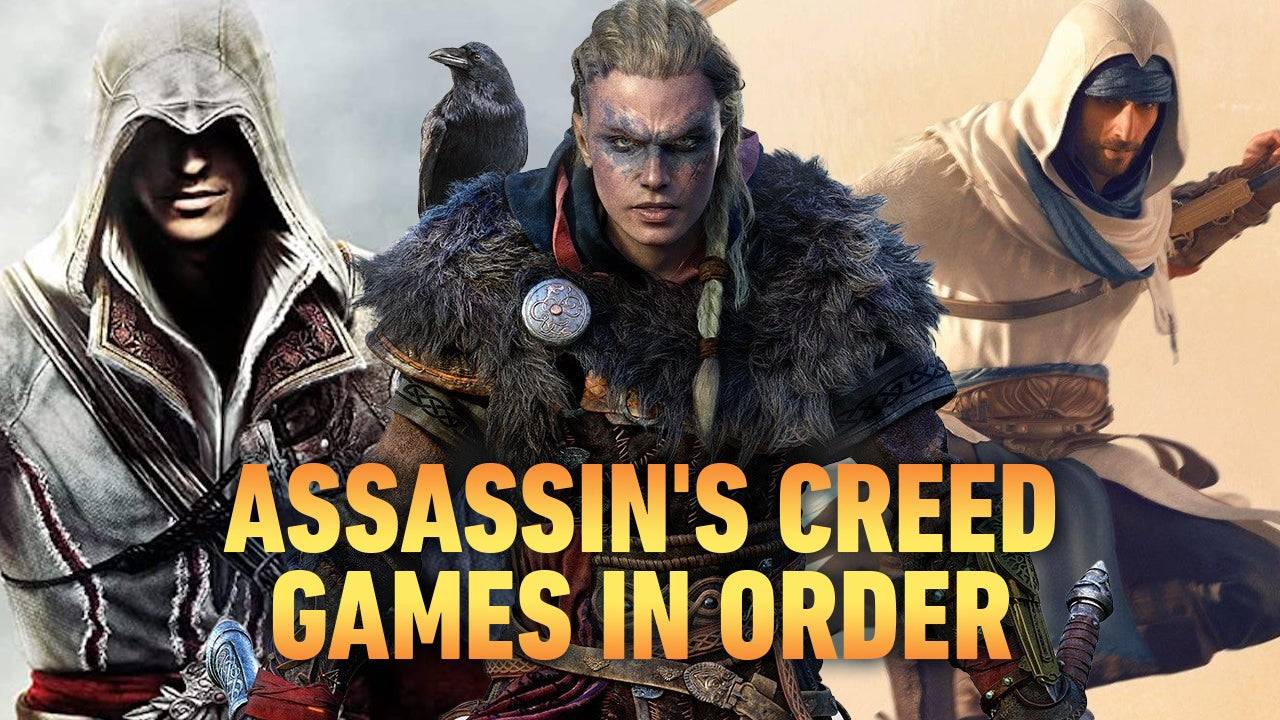
- Play Assassin's Creed in Chronological Order
- Nov 18,2025
-
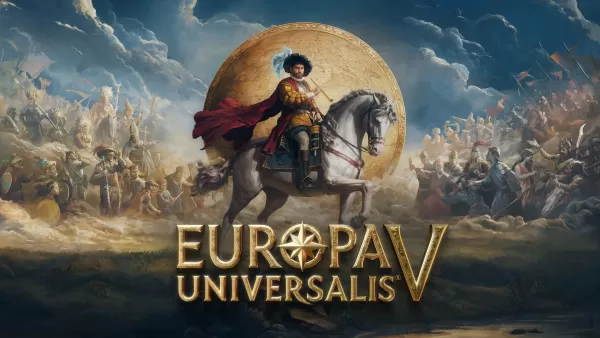
-
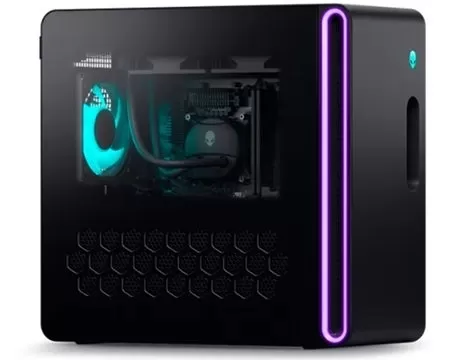
-
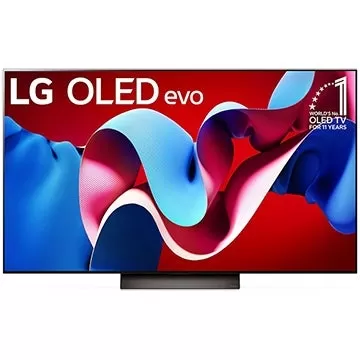
- LG C4 OLED Hits Memorial Day Price Low
- Nov 17,2025
-
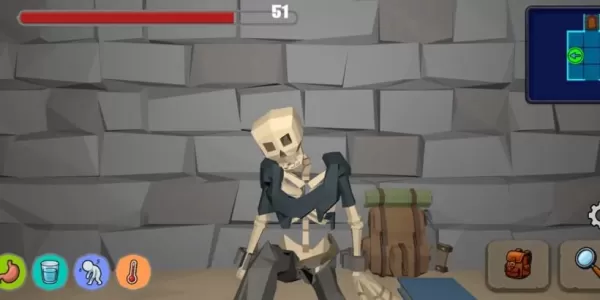
- Dungeon Hiker: Avoid Starvation in Deep Dungeon
- Nov 16,2025
